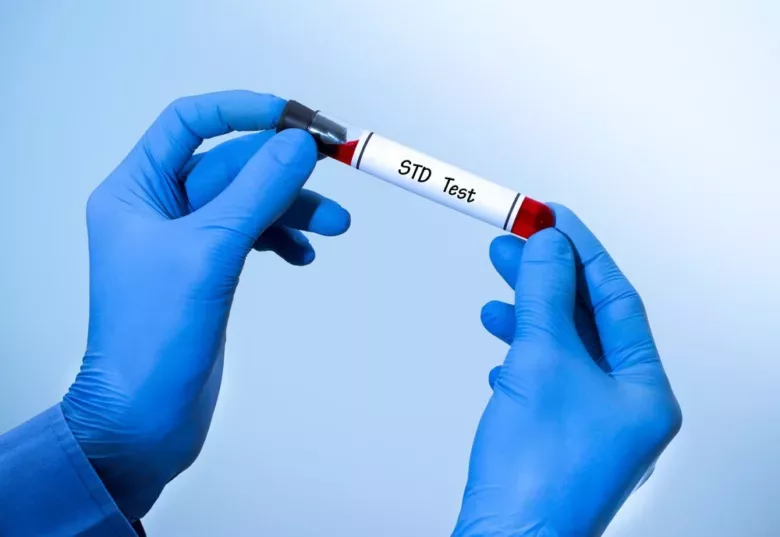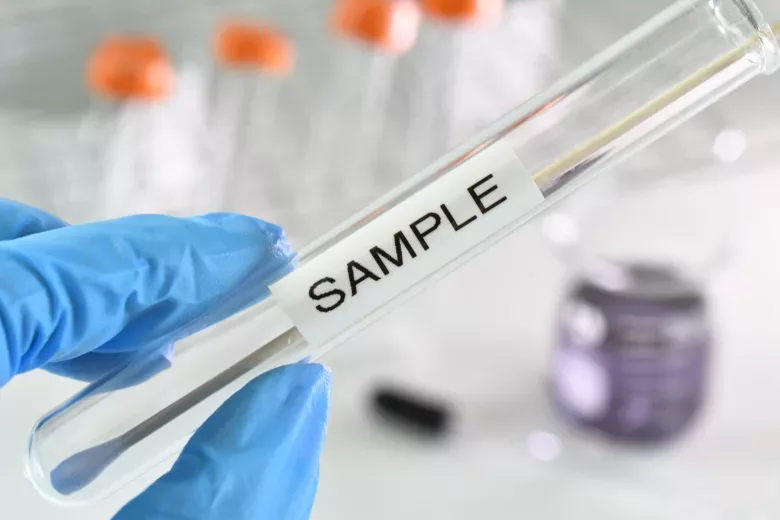STDs are generally spread through unprotected sexual activities, contact with infected blood or needles, or from an infected mother to the infant during childbirth. As it is impossible to trace the origin of any particular STD to date, there are no first-hand accounts of venereal diseases. Therefore, it is impossible to ascertain who contracted the first STD. According to beliefs based on historical evidence, STDs have been around for ages and were only recently discovered.
For instance, it is believed that STDs like Trichomoniasis had existed before it was discovered in 1836 by Alfred Donne which, in turn, made testing for STDs easier. STDs like Gonorrhoea can also be dated back to 400 BCE as mentioned by Hippocrates. To know more about the possible transmission theories, keep reading this article.
History of STDs
The history of sexually transmitted diseases (STDs) dates back to antiquity. In the 5th century BCE, Hippocrates wrote about the spread of a sexually transmitted infection called “Gonorrhea.” In the 16th century, Syphilis began to spread throughout Europe, becoming a significant public health concern.
In medieval times, the most widely known STDs were Syphilis and Gonorrhea, which were thought to be brought by Christopher Columbus’s troops to America from Europe. Gradually, sailors spread the disease among other inhabitants. Back then, the condition was more likely to evolve without any cure, ultimately leading to death.
Similarly, in the early 19th century, the introduction of rubber condoms helped to reduce the spread of STDs, but sexually transmitted infections continued to be a significant cause of illness and death.
Gradually, in the later nineties, antibiotics revolutionized how STDs were treated, leading to a steep fall in the number of cases. The origin of HIV is rooted in cross-species transmission. It is believed that humans contracted it from infected primates by consuming their flesh. The emergence of HIV in the 1980s, however, wreaked havoc in the ongoing era, which saw the emergence of new technologies and retroviral treatment meant to diagnose and treat STDs.
Theories on the Origin of STDs
The Great Plague of 1665
The Bubonic plague exists to serve as the most sinister outbreak of plague in London in the 16th century killing over 65,000 people. It was a common belief then that STDs were carried by fleas that infested the crops and passed on to the people who had consumed them. STDs were thought to have been spread by rats wandering around the city, living off the filth that the city discarded.
Religious Punishments
As part of both monotheistic and polytheistic cultures, STDs were commonly thought to be a form of religious punishment for following the life of a wayward or indulging in homosexual behavior. It is also evident in Mesopotamian texts, the Old Testament, and the Quran.
Types of STDs and how they came to be
Bacterial
The most common STD in today’s times is Chlamydia with over 1 million cases recorded every year. This is followed by Gonorrhea, Trichomoniasis, Syphilis, and Bacterial Vaginosis. Although the exact origin of Bacterial STDs in humans is unknown to date, numerous theories suggest that it may have evolved from close contact with animals. Additionally, bacteria had been shared from person to person for ages before modern medicine was invented.
Viral
The origin of viral STDs is still being studied in humans. Common viral STDs and STIs include Herpes, Human Papillomavirus (HPV), Human Immunodeficiency Virus (HIV), and Hepatitis B and C. Researchers have concluded that the first known HIV strain, HiV-1 was transmitted from an infected chimpanzee to humans via consumption or direct contact.
Parasitic
The exact origin of parasitic venereal diseases is unknown. This common STD was thought to be transmitted by monkeys, rodents, and birds. Researchers suggest that ticks and other parasites may have been directly related to parasitic STDs in humans, like pubic lice infestations, also known as Phthiriasis. Trichomoniasis is another parasitic STI that is more popular in women than in men.
Scheduling a low-cost STD test appointment is now made easy with Affordable Rapid Testing
Schedule your appointment for an STD test with Affordable Rapid Testing today! When searching for STD testing in Phoenix, you are bound to come across Affordable Rapid Testing. They have dedicated centers that offer a relatively cheaper, more convenient and faster way to get your hands-on results done for any common STD. In addition, the cost is usually lower than visiting a clinic or a hospital and can be a boon for people living free of insurance. Finally, it is a good call as the center is run by qualified professionals offering guidance and counseling at any time.


